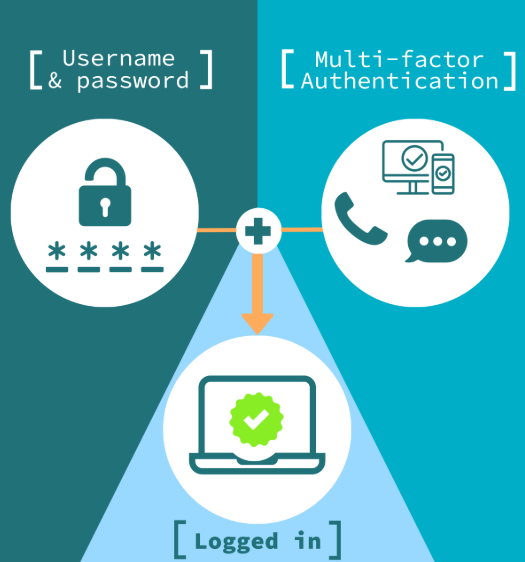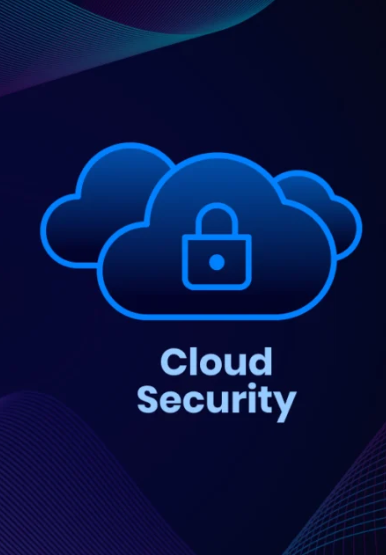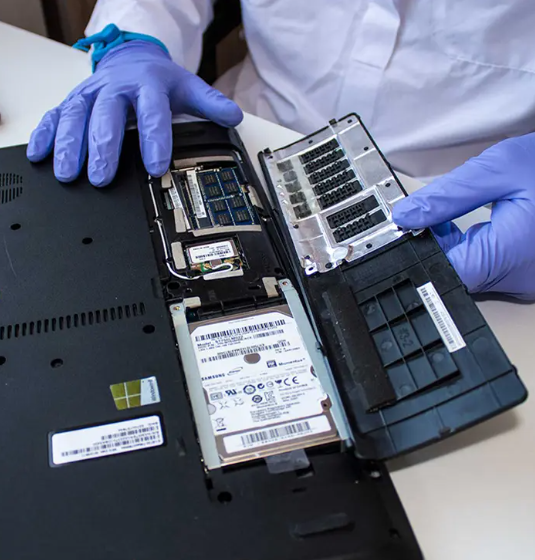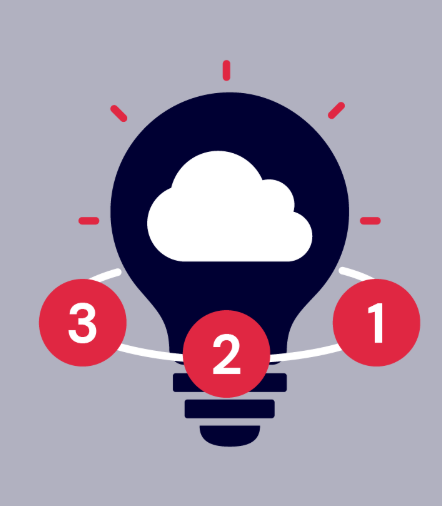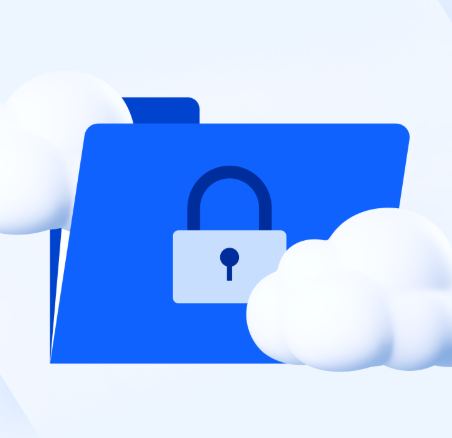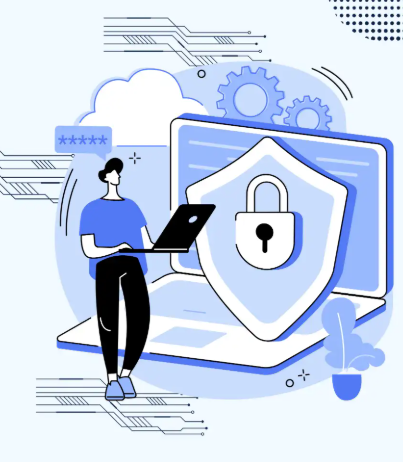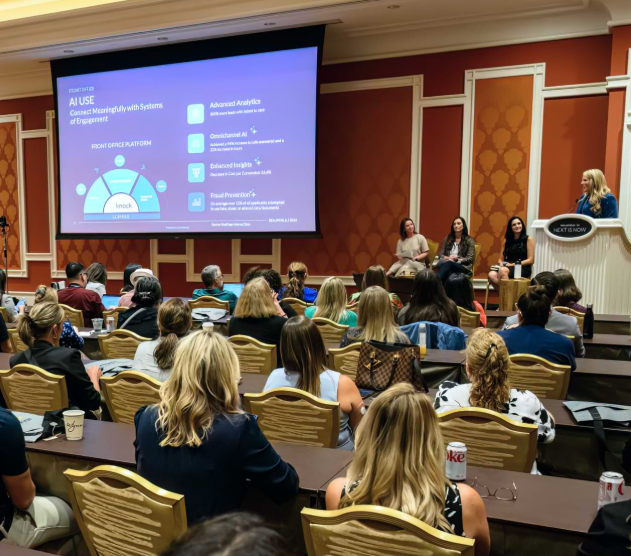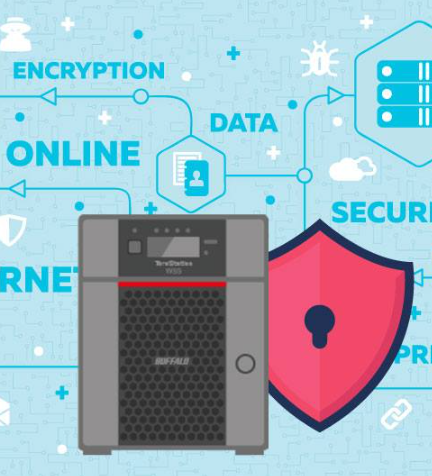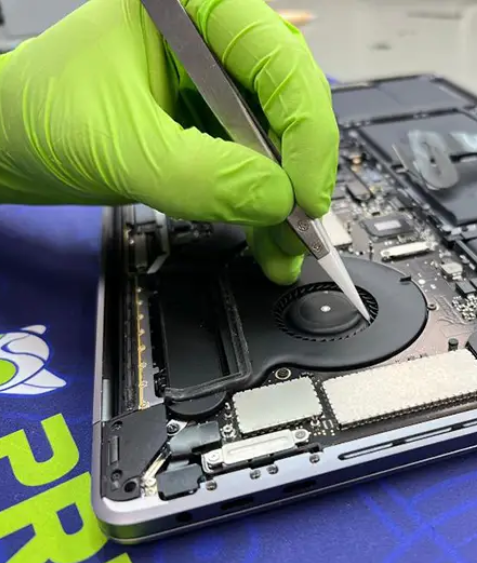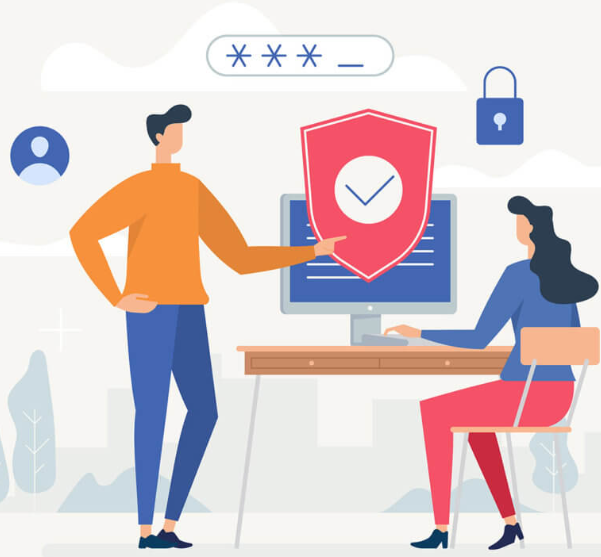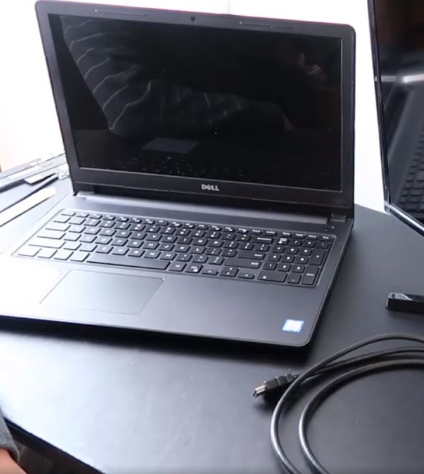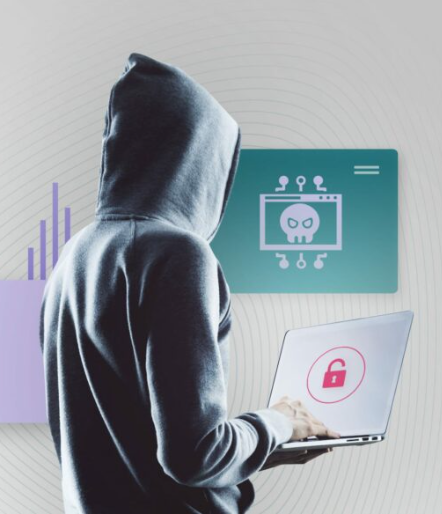
In today’s digital world, data has become an invaluable asset. Customer details, financial records, trade secrets, and proprietary designs fuel business growth. Unfortunately, these precious resources are frequently targeted by cybercriminals, particularly through a rising threat: infostealer malware. This malicious software is designed to stealthily infiltrate systems, silently collecting sensitive information such as passwords, credit card details, and personal data, which can then be exploited for fraud, identity theft, or additional cyberattacks.
As businesses face this growing threat, understanding infostealer malware, how it spreads, and how to protect your assets is crucial. This post will guide you through the nature of these attacks and the steps you can take to shield your business from this dangerous epidemic.
What is Infostealer Malware?
Infostealer malware refers to a category of malicious software aimed at stealing sensitive data from infected devices. Unlike more noticeable forms of malware, infostealers often operate in the background, evading detection by traditional antivirus software while silently collecting valuable data. Here are a few notable examples of infostealer malware:
- FormBook: Known for stealing data from browsers and email clients, FormBook has been used in multiple high-profile cyberattacks.
- TrickBot: Often delivered via phishing emails, TrickBot collects a wide range of sensitive information, including banking credentials.
- Zeus: One of the oldest and most widely used infostealers, Zeus specializes in stealing banking credentials.
- Agent Tesla: This remote access trojan (RAT) is used for espionage, capturing keystrokes, clipboard data, and screenshots.
- RedLine Stealer: A newer infostealer that targets data from web browsers, cryptocurrency wallets, and VPNs.
These tools are capable of gathering usernames, passwords, financial information, and even personal identification details, which are then exploited for various malicious purposes.
How Infostealer Malware Spreads
Infostealer malware typically spreads through a combination of human vulnerabilities and social engineering tactics. Common methods include:
- Phishing Emails: Cybercriminals use emails disguised as legitimate messages to trick recipients into clicking on malicious links or downloading infected attachments.
- Malicious Websites: Simply visiting a compromised website can lead to automatic malware downloads, often without any user interaction.
- Exploiting Software Vulnerabilities: Outdated or unpatched software can contain security holes that attackers use to install infostealer malware.
- Social Engineering: Attackers may impersonate trusted individuals, such as IT staff or colleagues, to deceive users into downloading or installing malware.
The Consequences of Infostealer Attacks
The impact of an infostealer malware attack can be devastating for businesses. The immediate and long-term consequences include:
- Data Breaches and Financial Losses: Infostealer attacks can expose sensitive customer and financial data, leading to fraud, legal liabilities, and costly recovery efforts. The financial damage can be compounded by regulatory fines if data protection laws are violated.
- Operational Disruptions: Malware can disrupt systems, causing downtime and hindering productivity. This can delay projects, affect customer service, and harm your business’s overall operations.
- Reputational Damage: A breach can erode trust, leading to a loss of customers and sales. Rebuilding your reputation after a cyberattack can take time, money, and effort.
Protecting Your Business from Infostealer Malware
To defend your business from infostealer malware, a multi-layered security approach is essential. Combining technology, policies, and employee training will significantly reduce your risk.
Cybersecurity Solutions
- Install Firewalls and IDPS: Firewalls act as barriers to unauthorized access, while Intrusion Detection and Prevention Systems (IDPS) monitor network traffic for suspicious activities.
- Regular Antivirus and Anti-malware Software: Keep your antivirus software up-to-date to detect and remove malicious programs.
- Email Filtering: Use email filtering solutions to block phishing emails and malicious attachments.
- Web Filtering: Implement tools that block access to known malicious websites to prevent drive-by downloads.
- System Scanning and Patching: Regularly scan your systems for vulnerabilities and apply software updates to close security gaps.
Employee Education and Awareness
Educating your team is one of the most effective defenses against infostealer attacks. Make sure your employees are aware of common tactics used by cybercriminals and understand best practices for preventing attacks. This includes:
- Recognizing Phishing Attempts: Train employees to spot suspicious emails and avoid clicking on links or opening attachments from unknown sources.
- Strong Password Policies: Enforce the use of complex, unique passwords for every account and encourage the use of password managers to store them securely.
- Safe Browsing Practices: Teach employees to avoid visiting untrusted websites and downloading files from unverified sources.
- Social Engineering Awareness: Educate staff on common social engineering tactics like impersonation, where attackers pose as trusted figures to manipulate them.
Data Backup and Recovery
Having a solid backup and recovery plan is crucial for minimizing the impact of an attack:
- Regular Data Backups: Ensure critical data is backed up regularly and stored in multiple locations, including off-site or cloud storage.
- Data Encryption: Encrypt backup data to protect it from unauthorized access.
- Disaster Recovery Planning: Develop a comprehensive disaster recovery plan to ensure your business can quickly recover from an attack and restore operations.
Partnering with Experts for Cybersecurity
At Downtown Computer Services, we specialize in helping businesses protect their data from emerging threats like infostealer malware. Our cybersecurity services include:
- Security Assessments: We conduct thorough evaluations to identify vulnerabilities in your systems and recommend appropriate security measures.
- Employee Training: We offer training programs to raise employee awareness of cybersecurity risks and best practices.
- Vulnerability Management: Our team continuously monitors your systems for vulnerabilities, applying timely patches and updates.
- Intrusion Detection and Prevention: We deploy advanced security solutions to detect and block potential cyberattacks.
- Data Backup and Recovery Solutions: We implement robust backup strategies to ensure business continuity in the event of a data breach.
- Incident Response Planning: We help businesses create effective incident response plans to minimize damage from security incidents.
By partnering with a dedicated cybersecurity provider, you can ensure that your business remains protected against the growing threat of infostealer malware.
Conclusion
Infostealer malware is a significant and growing threat to businesses, but with the right security measures in place, you can reduce the risk of falling victim to these attacks. By understanding the dangers, adopting proactive cybersecurity strategies, and training your employees, you can safeguard your business from data breaches, financial loss, and reputational damage. Don’t wait for an attack to happen—take action today to protect your business, your data, and your future.





